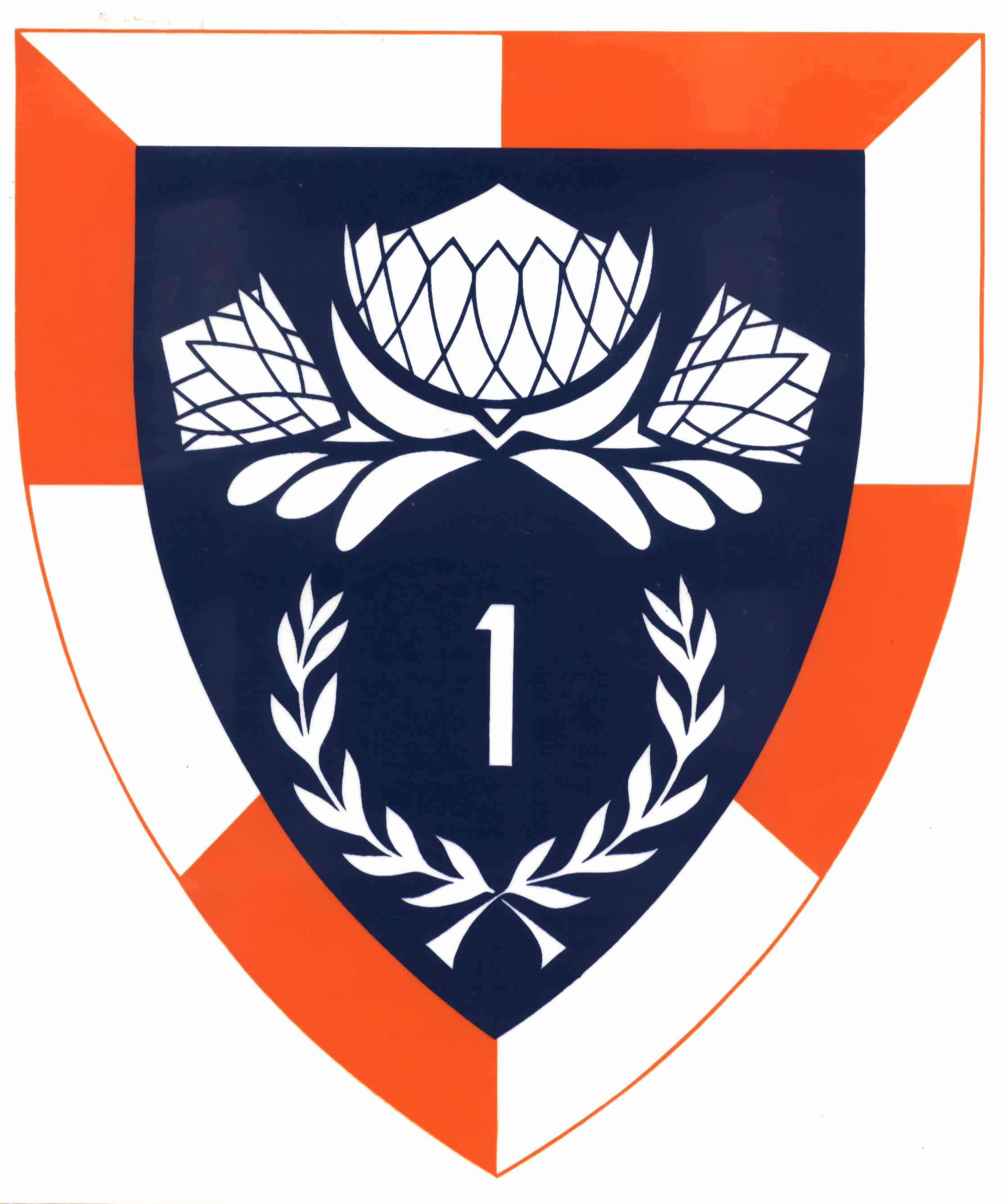
'Operation Savannah
|
'Operation Savannah
|
2nd TRIP 1975: Three months prior to Operation SavannahThis can be divided into Ovamboland and Angola, but there is a grey area where though military action we took Perreira de Eca and then we pulled out. before Operation Savannah.
 Back
view of 25 Pounder. Back
view of 25 Pounder.Oshikango-
Santa Clara border;
We killed a goat and had a braai before going to Etosha here, goat was quite a frequent meal for us. There were these SWAPO guys were in prison in Oshikango- by the Santa Clara border we were terrified of them- real SWAPO! The prisoners asked us to let them out, we were very polite to them and told them we did not have the key. There were 3 or 4 cops there and - we went to the cops to ask them to release the prisoners. Not much later we lost that fear of SWAPO
Perreira de Eca: Hats were found here, big felt ones. We pulled these out of all proportion and changed their shape by wetting them and putting them on different things to shape them. Then we wore them. David had to be towed out because his water pump broke down and we could not wait for help due to the military action around us. There was a dead donkey and we burnt this, because it stank so badly. none of us could breath around it. In fact that was one of our most serious hates, throughout the War in Angola. Cows got killed by the military action taking place, real war casualties, but the smell became so bad that we all found a strong reaction to it. Papatroop was organized, we alone built a toilet which was made out of an asbestos upright bath and made a hole in it so that you could see who was sitting there- when SF went in we would stone him though the hole. The others did not make their camps nice. We had a bath too, it was an aluminium box used to ship spares in for the cars and the officers wanted to use it- we did not let them. The Africans stood by the fence and watched us like we were in a zoo, they would just stand and stare, it was unnerving. A really old and ugly African woman and child approached us at the airport. She offered us sex with the child for food. Sickened, we refused and started to go, she pulled up her skirts and offered herself. That is how desperate the locals were, they were starving. The Church had been destroyed, but the bell tower still stood. We heard then torturing men there. It was horrible listening to the sounds. We were lucky to have a real mechanic on the road here. We called them Tiffies, normally David and Eion had to keep the cars going, that is why David got the nickname "tiffie". It kept them busy, and fortunately for us their Dad had trained them well with engines. Their skills often saved the day in Angola. Calueque:
We went to Calueque and rescued the refugees, and protected them and then we pulled back . Contractors were still there as were civilians: the town consisted of a petrol station and café. The dam was South African built and maintained. It was here we met a chap we called Tony Banana, he had lost his wife and family in the war and his banana plantation. He went beserk shooting blacks. He hated them with a passion. He had nothing left thanks to the war, after being a wealthy family man. We had to patroll Southern Angola. There were no civilians after Calueque. Half the squad was returned to Bloemfontein, and the rest went into Perreira de Eca and stayed at the airport patrolling the area. From here we went back to Ondangwa doing normal patrols, it was here we learnt of Neville Beechie's death. He was supposed to have been in Bloemfontein, but was shot down in a reconnaissance plane in southern Angola. This led us to think we were involved in the military action Angola. Our reaction to his death was rage and a burning desire to go and fight the enemy who had killed our friend. After that we went to Rundu and flew to Cela. We had R1 rifles and uzies, which we had to hide- we left them behind in Ondangwa. When we went into Operation Savanna we had to use different clothes. Instead of boots we used Tackies and all our food and clothes had no identifying labels or markings. Our food was colour coded so we knew what was in each tin. Officially South Africa did not fight this war. We signed forms never to tell where we had been or what we were doing. We wanted to go into Angola and never thought of the consequences or the future- our blood was up. We were all highly excited and convinced we were in the right. Stephan's feet were too big and he could not get Tackies and had to wear boots Southern Angola: the war hots up.next |